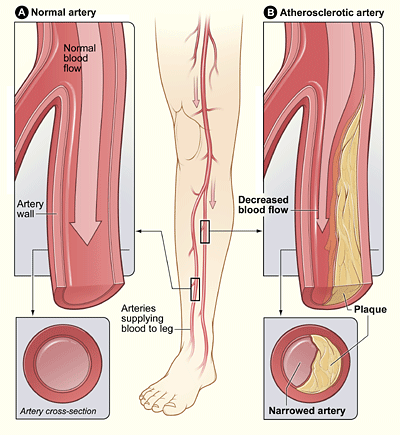The Tennessee Physiological Society held their annual conference on October 9th at the University of Tennessee at Chattanooga.
Here are highlights from the meeting:
Have you ever heard of "dry needling"? It is a treatment used by some physical therapists that is designed to help alleviate muscle pain by inserting small needles into trigger points. Researchers in Tennessee wanted to know if there were any risks for bacterial infections so they swabbed areas of the skin where dry needling typically takes place as well as the needles that were used. They found that at least one swab collected from each participant showed bacterial growth and the over half of the needles had bacteria. Although is is not clear whether the needles transmitted infection under the skin and none of the subjects that participated in the study complained of an infection. Spratt1, Henry, David Levine2, Randy Walker2, Robyn Tobias3, Heather Harmon2, Brittany Rock2, Zac Cooper2, Dacey Winkleman1. Potential for bacterial contamination as a result of dry needling. University of Tennessee at Chattanooga, Departments of Biology, Geology, and Environmental Science1, Physical Therapy2, and School of Nursing3
 Image of peripheral artery disease from the National Heart Lung and Blood Institute [Public domain], via Wikimedia Commons
Image of peripheral artery disease from the National Heart Lung and Blood Institute [Public domain], via Wikimedia Commons
Dr. Ronald L Terjung (Emeritus Professor, School of Veterinary Medicine, University of Missouri, Columbia, MO) gave an interesting seminar titled, “Peripheral Arterial Disease: Benefits of Exercise”. Dr. Terjung described how arteries in the extremities become diseased (i.e. peripheral artery disease) leading to poor blood flow to the legs which may impair the ability of affected patients to exercise. He discussed how the most effective treatment appears to be walking exercises 5 days per week, with several rest periods each session. Over time walking exercise was shown to improve the delivery of oxygen to tissues in part by encouraging growth of new blood vessels, which ultimately improved the quality of life of patients suffering from this condition and reduced their risk of mortality.
